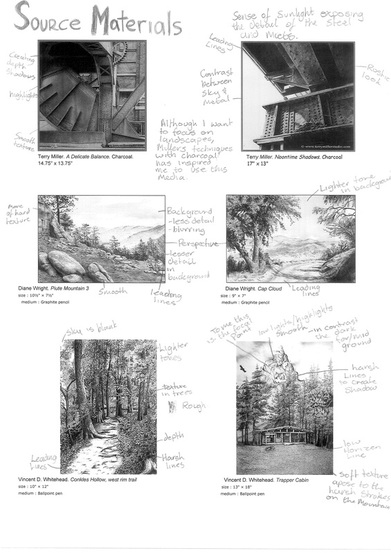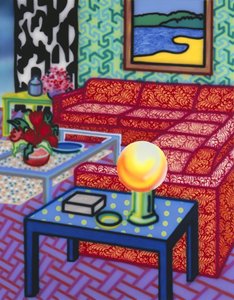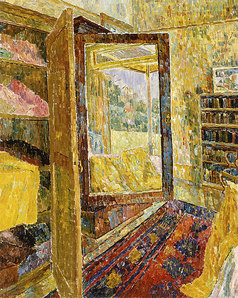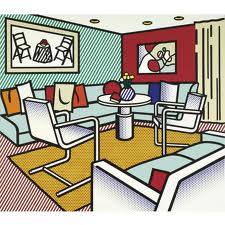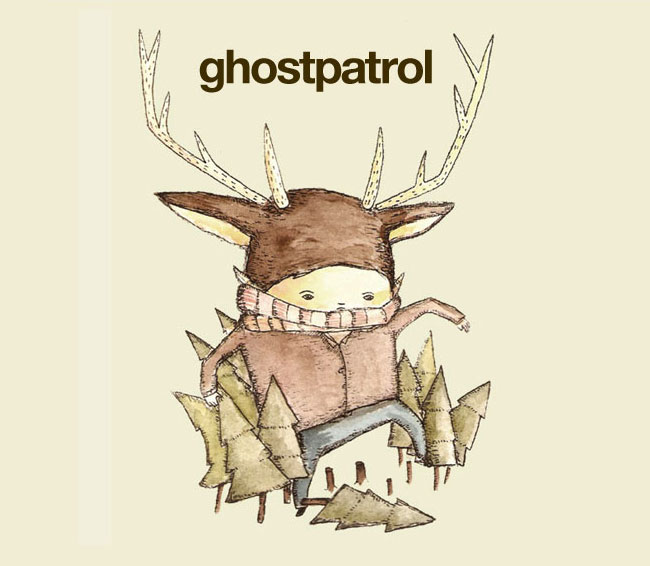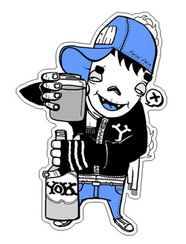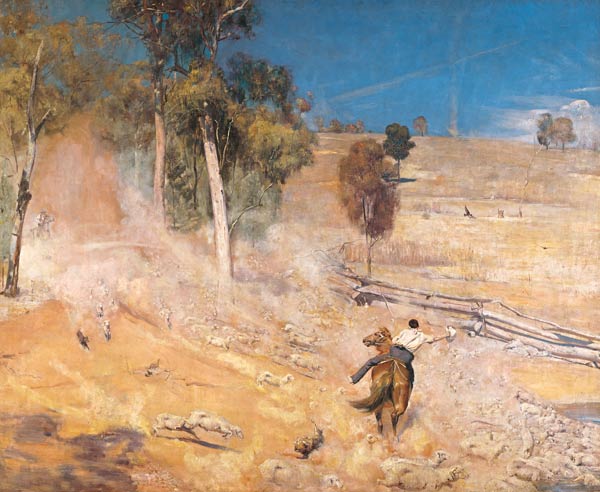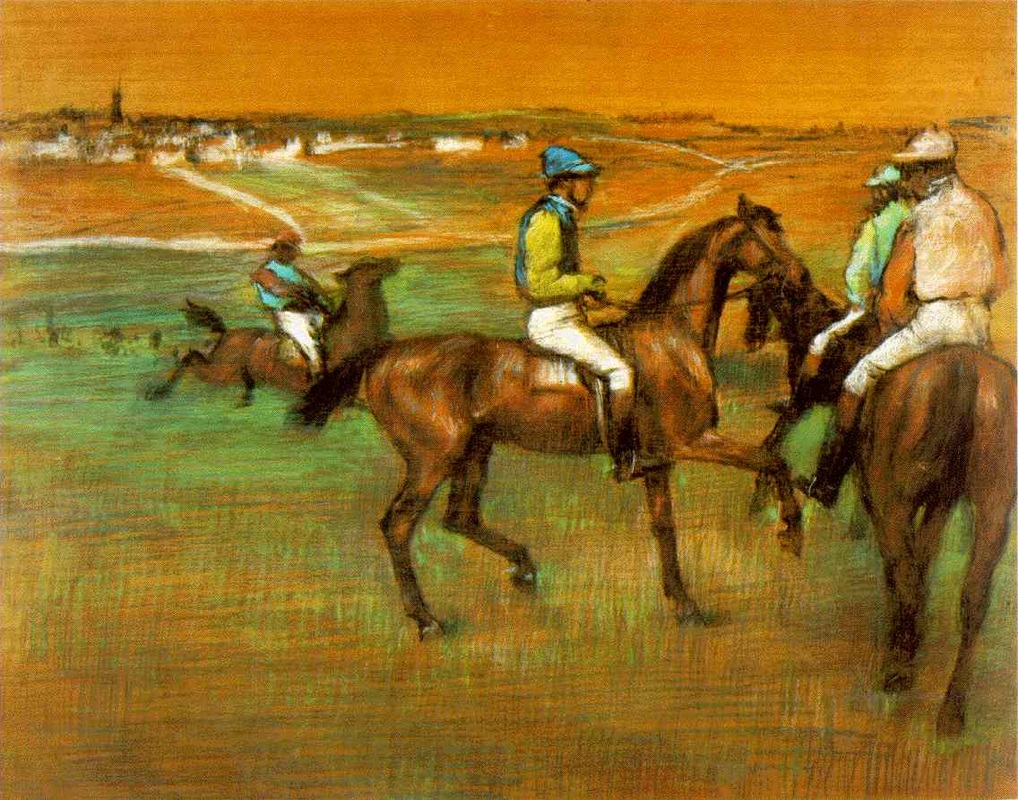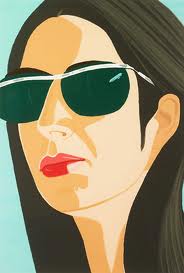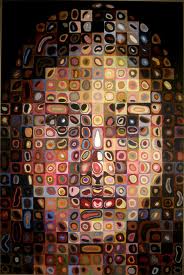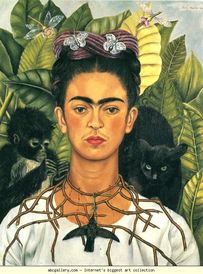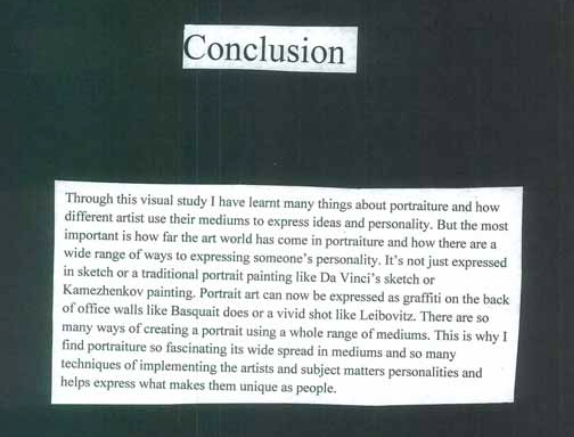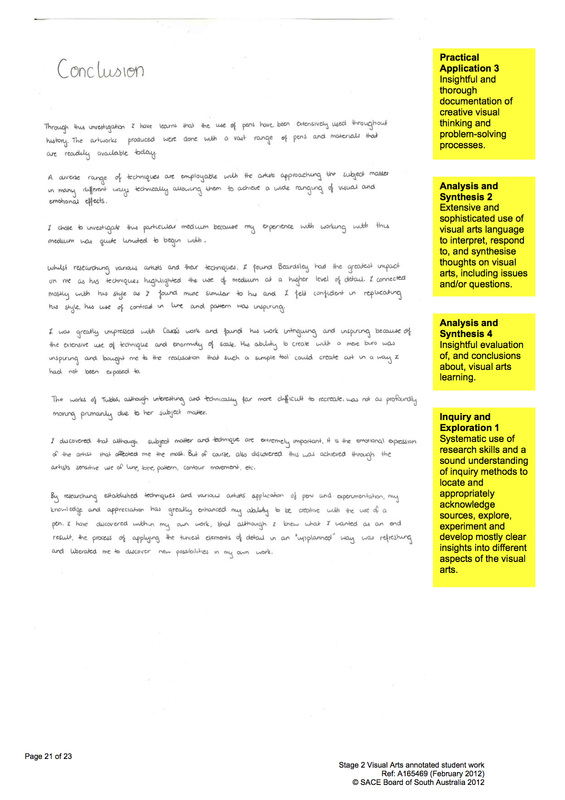visual study (traditional)
worth 30% due Week 7 Term one
project overview
so.... what is the visual study?
A Visual Study is where you explore and experiment with art styles, ideas, concepts, media, techniques or technologies of your choice. This basically means you become an expert on something in creating Art that you are passionate about. You must submit (in your folio) 8 A3 pages integrated with 750 words alternatively you can record a ... oral explanation. This covers what you have learnt during your visual study including your conclusions and insights. Source references (bibliography) is not included in the count but must also be submitted.
So first of all you need to think about what you are personally interested in and perhaps what you would like to know more about in regards to Art. You then can come up with ideas by using good old brain storming techniques such as writing out lists, mind maps or spider charts. Another good way to come up with an idea is to talk to your class mates and bounce ideas off of them or even talk to former art students to see what they did. Finally, talk to me because I am the best resource you have and I do this all the time.
Once you have had a think you need to clarify your idea, give it a focus and come up with a question or statement that can guide your Visual Study and give you direction
So first of all you need to think about what you are personally interested in and perhaps what you would like to know more about in regards to Art. You then can come up with ideas by using good old brain storming techniques such as writing out lists, mind maps or spider charts. Another good way to come up with an idea is to talk to your class mates and bounce ideas off of them or even talk to former art students to see what they did. Finally, talk to me because I am the best resource you have and I do this all the time.
Once you have had a think you need to clarify your idea, give it a focus and come up with a question or statement that can guide your Visual Study and give you direction
TASK One : idea genration / topic selection
You will need to:
- consider and list personal interests,
- Brainstorm ideas using mind maps or spider charts
- clarify a focus
- establish a question or statement in order to have a direction to follow
- start collecting information and visual examples.
task two: collecting information and research material
You will need to collect all research material first in order to find relevant information.
- From the initial research you can pull out the relevant material related to your topic/question to plan and start to work on your own conceptualisation.
task three: Planning
- You must plan the 8 pages (front and back).
- Plan how you will present your Visual Study and keep to the word limit remembering to write an introduction, annotations with reference to critical analysis, personal responses and evaluations (conclusion). This will indicate what you have learnt from doing the study.
- You need to clearly plan practical applications and relevant to your study before you start.
Click logo for direct link to SACE Board website with all Stage One Visual Arts-Art information.
possible Topics for your visual study
- Developing Skills in digital landscape art
- Investigating how artists illustrate weapons and armour within the genre of fantasy art
- How to colour figurative drawings using different mediums and techniques
- How can artists depict perspective using assorted points of view and how can I develop my skills in using colour
- The development of detail in landscapes
- How to represent motion in a static image
- Learning how to represent the face using a variety of media
- Investigating texture in painting
- How to turn watercolour stencils into wallpaper using William Morris as inspiration
- How to create stencil art
- Investigate street art writing
- How to draw different Manga figures and develop original characters.
- How to draw perspective
theme for visual study
THEMES
INTERIORS
street art style characters
horses
the face
task four - write your introduction (approximately 100 words)
In your introduction you need to cover
1. Your topic/question
2. What are you going to research and learn about
3. How are you going to go about it
1. Your topic/question
2. What are you going to research and learn about
3. How are you going to go about it
task five - analyse your artworks
Analysing the artworks that you use to inspire and guide your Visual Study is MOST IMPORTANT. You need to understand what has been done by the artist to create the artworks. NOTHING in successful art happens by accident. After art analysis you will understand what you need to do and how you need to do it within your studies.
There are 2 ways you can show you are analysing artworks. The first is a more informal way with annotations and arrows pointing towards the elements of art and principles of design within the artwork composition. See above at the example (task 2).
There are 2 ways you can show you are analysing artworks. The first is a more informal way with annotations and arrows pointing towards the elements of art and principles of design within the artwork composition. See above at the example (task 2).
task six - explore media and technical skill (play & make mistakes)
task seven - complete final studies
Make sure you document your process of making with photographs taken on your phone or with your laptop. HEAPS easier to use photos rather than writing.
task 8 - write a conclusion (reflecting on what you learnt)
The length of your conclusion will depend on how many words you have left for your Visual Study. Remember the word limit is 750 words. The conclusion needs to recap what you have learnt and what insights you now have regarding your artist/style/media/techniques used. Refer back to your guiding question and your introduction (have you completed successfully what you set out to do?).
- What have you learnt throughout the Visual Study?
- What insights do you have into your artists work?
- What insights do you have into the media you have used?

